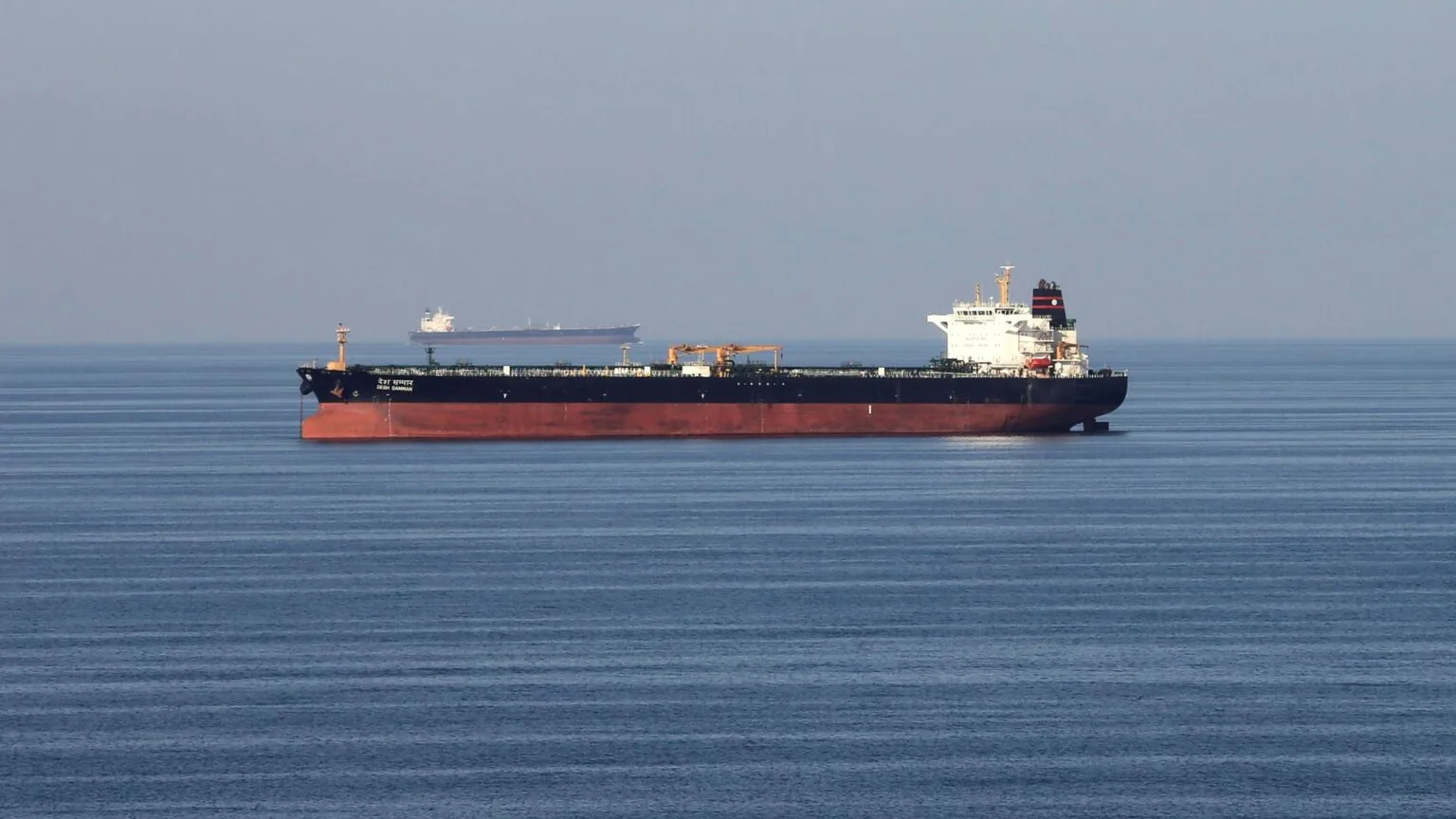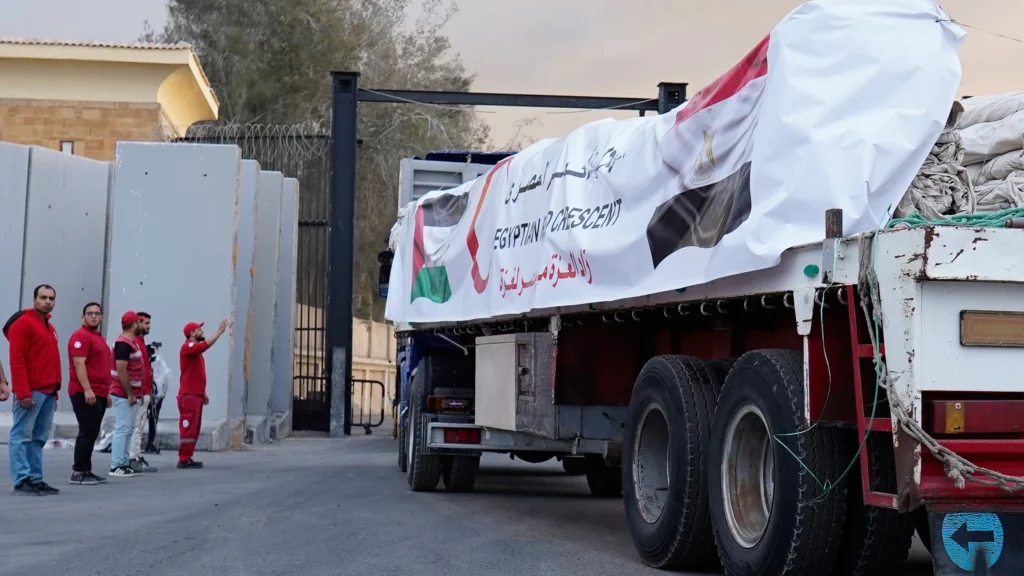Tehran — After years of obscured maritime operations, Iran’s tanker fleet appears to be re-emerging on global tracking systems. For the first time since 2018, many Iranian-flagged tankers are transmitting accurate Automatic Identification System (AIS) signals without spoofing or deliberate blackout, according to data reviewed by TankerTrackers.com and reported by maritime intelligence outlets.
Observers say the timing is striking: the resurgence in signal transparency coincides with U.S. President Donald Trump’s Middle East visit during a fragile cessation of hostilities. Samir Madani, co-founder of TankerTrackers, noted the shift is unlikely to be a cyber intrusion, because the pattern involves returning transponders to active mode rather than manipulating location data.
For years, the National Iranian Tanker Company (NITC) fleet has relied on AIS suppression, intermittent jamming, or outright spoofing to disguise movements and obscure exports, particularly under layers of sanctions and global scrutiny. That “ghost” tracking regime enabled many of Iran’s sanctioned shipments to slip under the radar, utilizing ship-to-ship transfers, shell companies, and deceptive flag registrations.
The reappearance of proper AIS signals raises questions about Iran’s motives. Some analysts suggest it may signal a bid for legitimacy, reentry into more open trade channels, or a tactical recalibration under shifting geopolitical pressure. Others caution that this new transparency could be selective, masking continued manipulation in other parts of the network.
Still, the change has major implications for monitoring and enforcement. With more vessels broadcasting accurate data, regulators, insurers, and foreign navies may find it easier to trace cargo routes, detect sanction evasion, and identify suspicious behavior. The move could narrow the window of invisibility that Iran’s shadow fleet long enjoyed.





